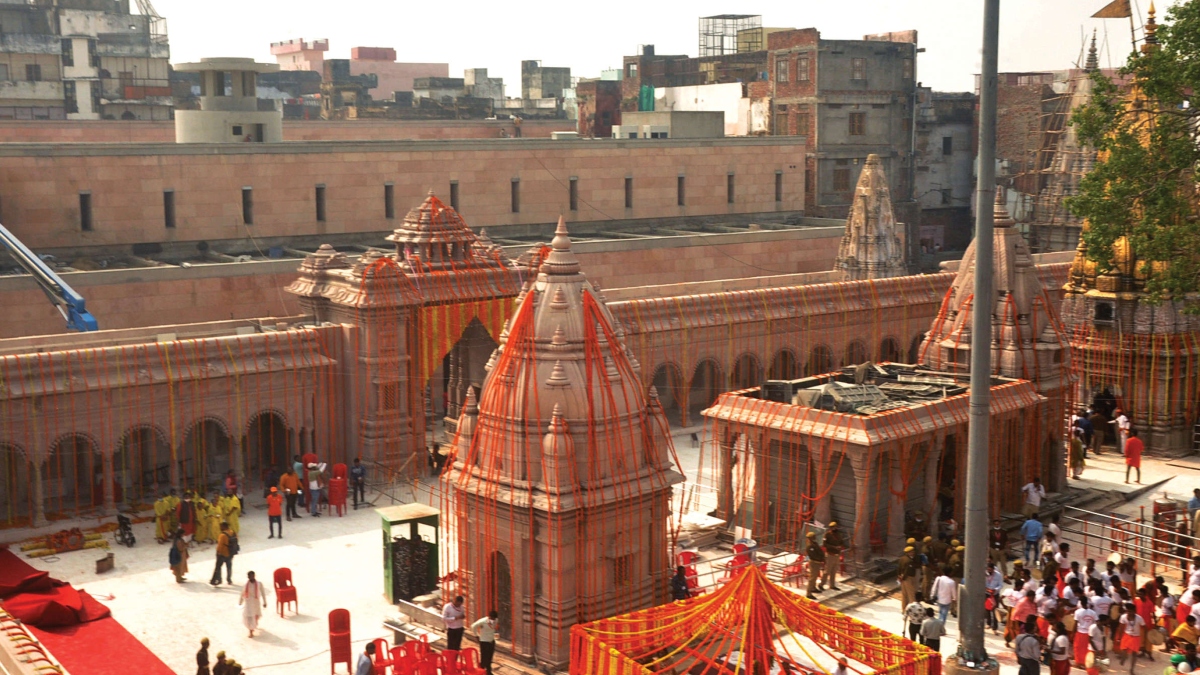


Various murtis found from different parts of West Bengal, temples illustrations in manuscripts, and mentions of temples in 2 inscriptions (ref: Akshaykumar Maitreya, ed., Gauralekhamala, 1919) show beyond any doubts that once the landscape of West Bengal was dotted with a large number of temples that were dated from the Gupta era to the Sena period. There are also mentions of these temples in the travel accounts of the famous Chinese pilgrim Xuanzang, who recorded seeing more than 300 temples while travelling in Bengal. In his travel notes Xuanzang says that he saw 100 temples in Pundravardhana, 100 in Samatata, more than 50 in Tamralipta, and 50 in Karnasuvarna (all three were parts of ancient Bengal).
The Bhakti movement era temples that were built post 15th c. CE were very different from the ancient-medieval Gupta-Pala-Sena era ones, in terms of art and architecture. As understood from the manuscript illustrations, the temples which were seen during Pala and the Sena periods were of many types. Among these, the best extant example of the temple type showing a tiered superstructure surmounted by a curvilinear shikhara, is the Siddhesvara temple at Barakar, referred to as Temple IV of Barakar (Burdwan) in archaeological records.
The Siddhesvara temple at Barakar is placed at 8th c. CE (early Pala era) and shows a modest tri-ratha (it’s a transition from tri-rath to pancha-ratha) structure rising to a height of 36.5 feet. The shikhara is divided into seven planes (or bhumi) as clearly evidenced by the six bhumi-amlakas that mark the planes. The shikara shows ornamentations carved in shallow relief.
The most interesting aspect of the Siddhesvara temple, however, are its several aspects that tend to resemble some of the temple features seen in Odisha, Gujarat, Kathiawar, and Rajasthan. The similarities between this temple and Parasuramesvara temple (Odisha) are in the temple plan, the broad vertical divisions of the temple body, and positioning of miniature temples on the walls. On the other hand, the rectangular offsets on its base mouldings and the amalakas of this temple with their concave indentations are similar to some temples seen in Gujarat and Rajasthan (Osian group of temples).
The temple shows a garbhagriha (sanctum) holding a shivlinga, and antarala (vestibule), while the ruined mandapa was later rebuilt. At the edge of the neck of the shikhara there are four lion figures placed as four corner projections. Though the walls of the temple lack ornamentation, there are pretty votive chaityas near the bottom; while the shikhara shows some carved panels, depicting various figures, generally from the epics and puranas (dasavataras, stories associated with Shiva), and other non-celestial figures such as apsaras, gandharvas, etc. The temple sukhanasa has a relief of Lakulisa with his disciples, thus showing the Shaivite nature of the temple. A must visit heritage structure for the heritage lovers who wish to get a glimpse of how the early medieval Bengal temple architecture looked like.